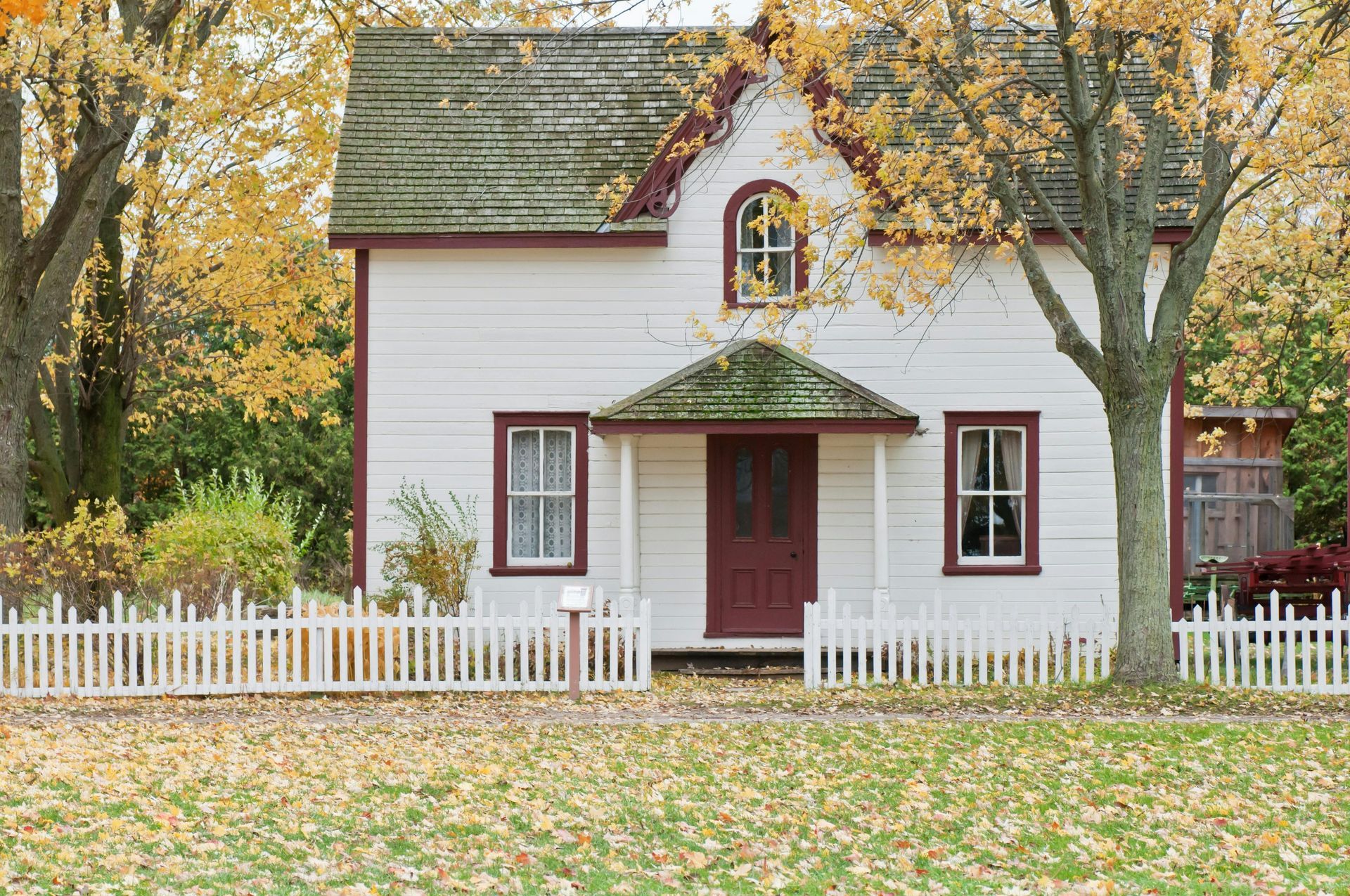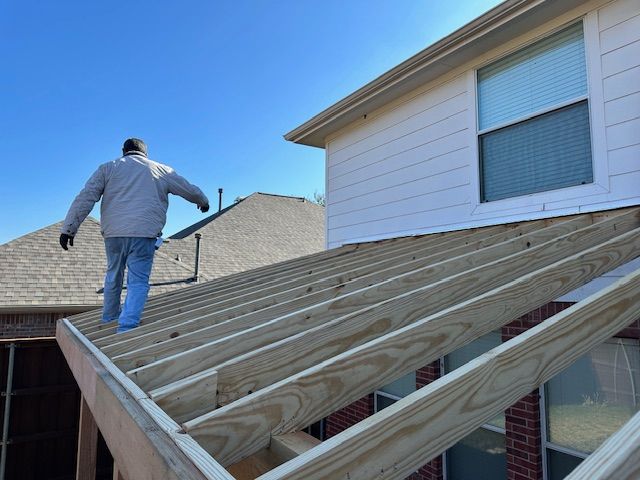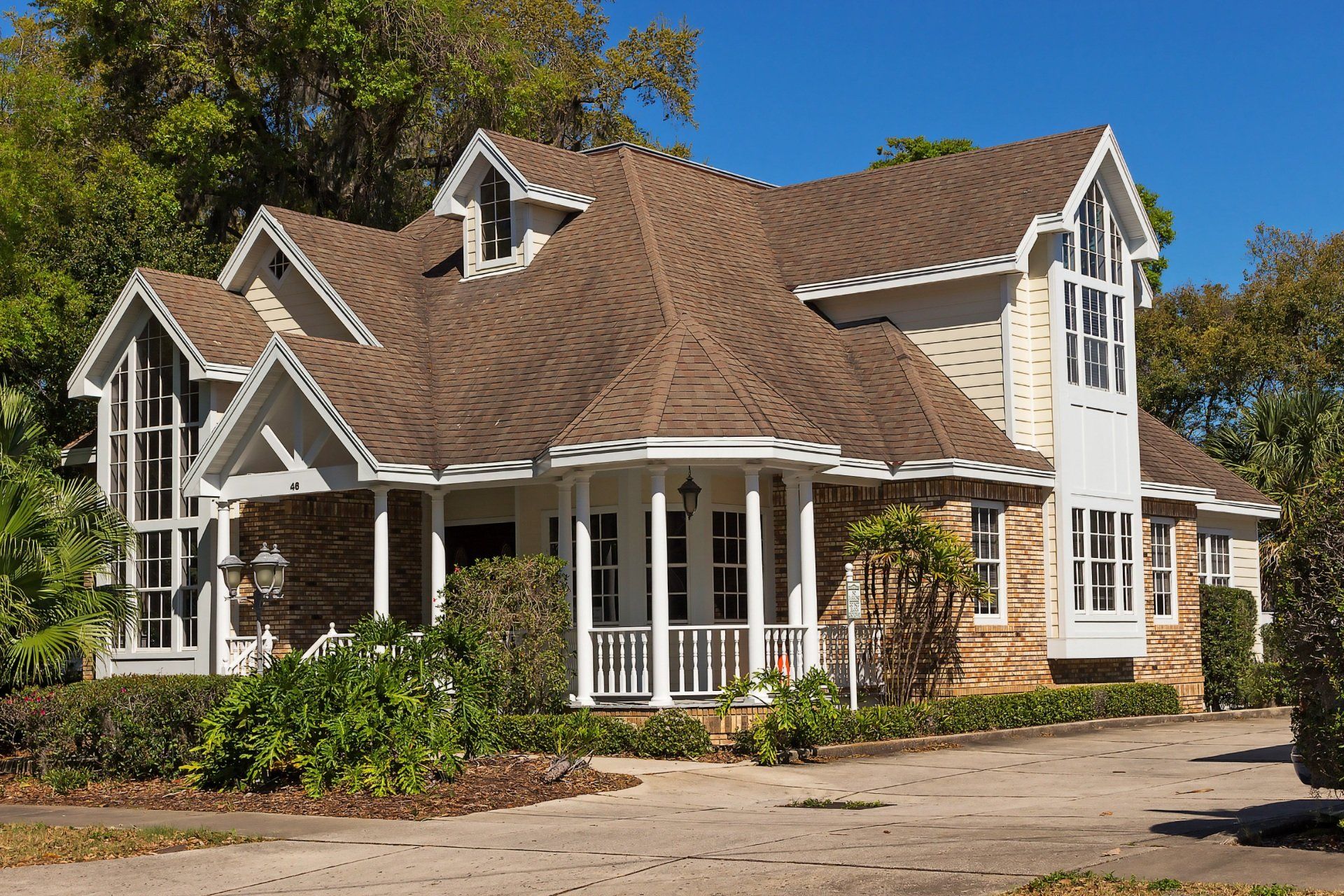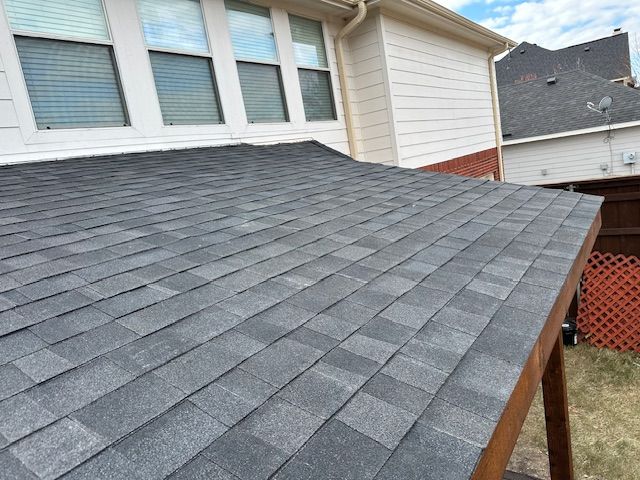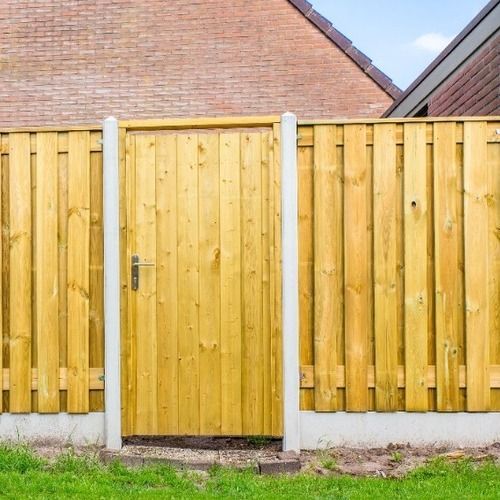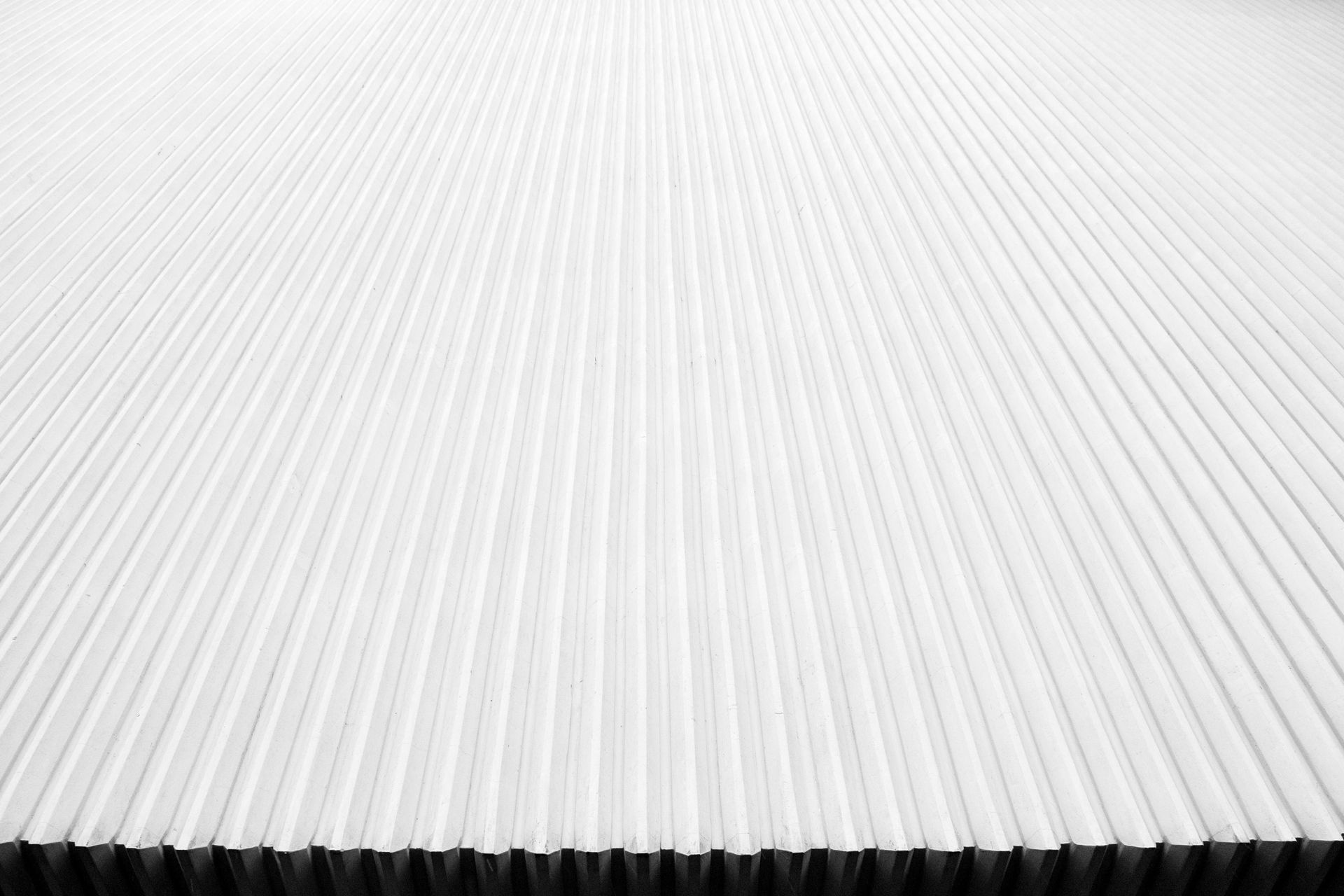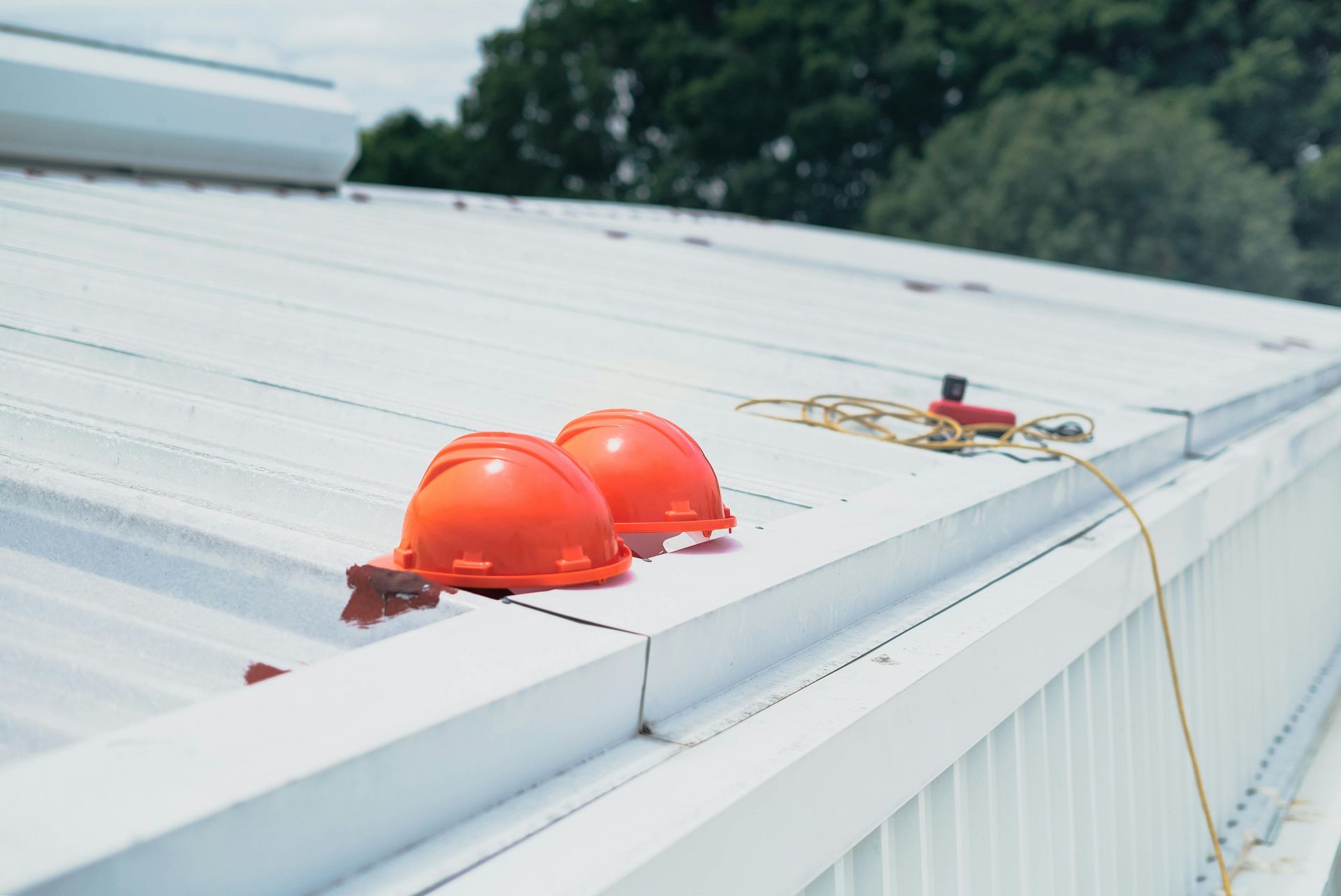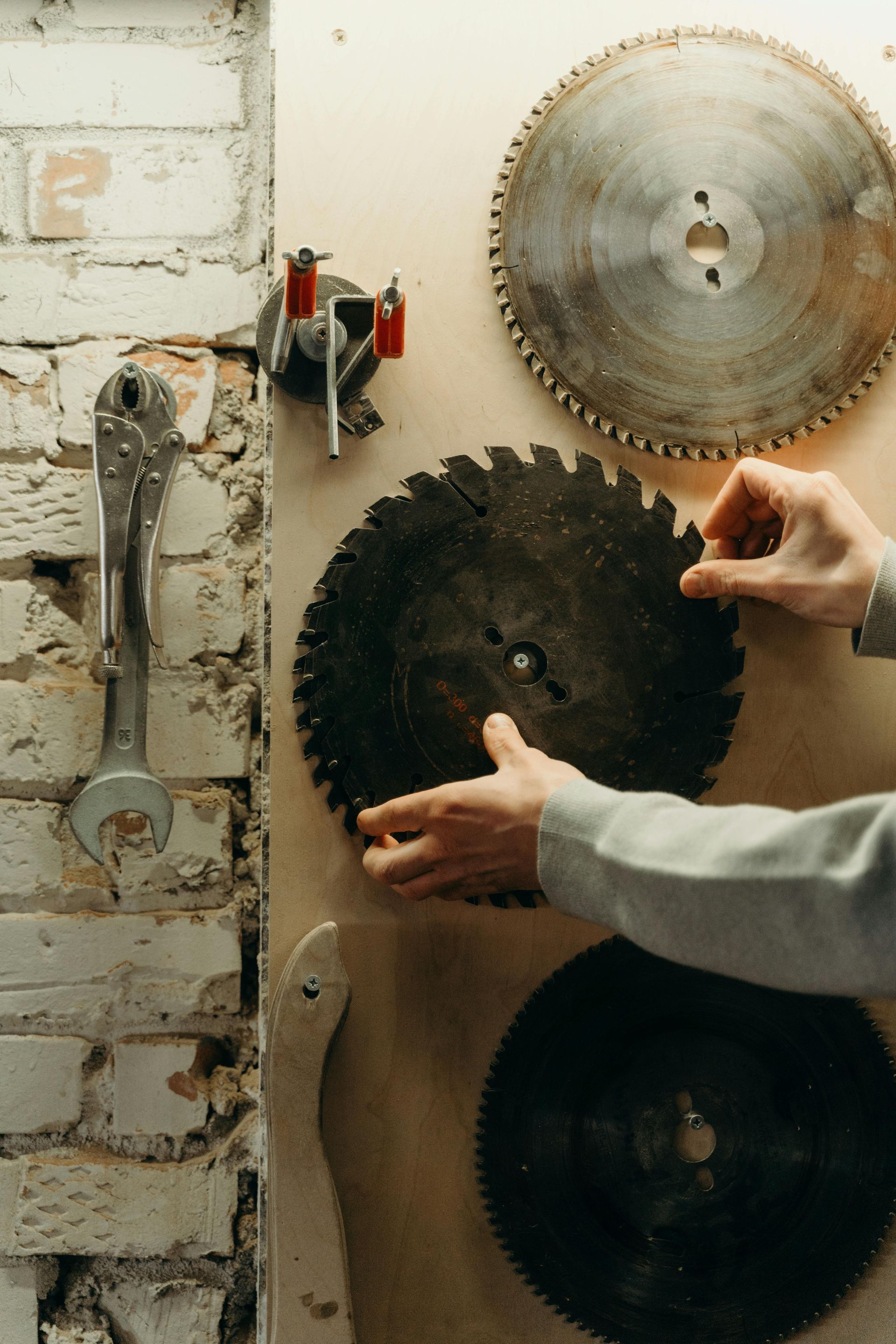Why do insurance companies ask how old your roof is?

Table of Contents
- Introduction
- Why Do Insurers Care About Roof Age?
- How Does Roof Age Affect Your Insurance Coverage?
- How to Maintain Your Roof to Meet Insurance Standards
- Conclusion
Key Takeaways
- The age of a roof significantly impacts homeowners' insurance coverage, affecting everything from policy terms to premium costs.
- Regular roof inspections are crucial for maintaining insurance coverage, especially for roofs older than 20 years.
- Older roofs may lead to increased insurance claims due to vulnerabilities like wear and tear, leak risks, and compromised shingles.
- Insurance companies often offer lower premiums for homes with newer roofs due to the reduced risk of damage and claims.
- Homeowners face challenges with older roofs, such as policy exclusions, depreciated value reimbursements, and coverage limitations.
- Maintaining a roof according to insurer standards involves regular professional inspections, prompt repairs, and adherence to maintenance recommendations.
- Replacing an old roof can enhance insurance coverage options and potentially lower insurance premiums.
- Proactive roof maintenance and compliance with insurance requirements are essential for protecting the home and ensuring continuous coverage.
Introduction
Understanding the age of your roof is crucial when navigating home insurance policies, especially when considering roof insurance. Insurance companies may assess risk based on whether your roof is new or aging, influencing their coverage decisions and whether they pay actual cash value. The condition of the roof, from shingle quality to the integrity of the roofing material, plays a significant role in this evaluation.
Regular roof inspections become essential as roofs older than 20 years often carry the potential for hidden damage that can escalate insurance rates. If significant roof damage is identified, an insurance adjuster might determine the necessity to file a claim or replace your roof. Consequently, the age and condition of your roof directly affect both the protection offered by your insurance and the costs you might incur, especially if you need a roof replacement.
Why Do Insurers Care About Roof Age?
Insurance companies place significant emphasis on the age of a roof because it serves as a key indicator of risk. Older roofs are more likely to fail, leading to potential claims for damage caused by water, wind, or hail damage. Consequently, the age of the roof becomes a critical factor in determining the insurance premiums and terms offered.

Older roofs exhibit common vulnerabilities that heighten the risk profile for insurers:
- Wear and Tear: Continuous exposure to elements gradually deteriorates roofing materials.
- Leak Risks: Older roofing systems, especially those beyond their intended lifespan, are more prone to leaks.
- Compromised Shingles: Asphalt shingle roofs can lose granules and efficacy, exposing the roof system to further damage that may not be fully covered by roof insurance.
- Structural Weaknesses: Prolonged stress and environmental impacts can weaken the entire roof structure, escalating the likelihood of substantial damage.
A new roof can be a considerable advantage for homeowners looking to reduce insurance costs. Insurance companies often offer lower premiums for homes with newer roofs due to the reduced risk of filing an insurance claim.
Moreover, new roofs typically include updated materials and technology that better withstand adverse weather, making them less likely to need roof repair or lead to an insurance claim. Homeowners investing in a new roof can benefit from fewer claims, potentially longer roof lifespan, and more predictable maintenance costs.
How Does Roof Age Affect Your Insurance Coverage?
The age of your roof significantly influences how insurers evaluate and decide on your home insurance coverage. Insurance companies may be hesitant to approve policies for homes with roofs over 20 years old due to increased risk. Ultimately, the age of the roof can dictate the extent of coverage offered and impact insurance premiums.
Homeowners with older roofs often encounter several coverage challenges:
- Policy Exclusions: Certain damages, like roof leaks, may not be covered if the roof’s age is beyond the policy's terms.
- Depreciated Value: Insurers might reimburse only the actual cash value for an older roof, which considers depreciation, not the replacement cost.
- Coverage Limitations: Insurance policies might limit or exclude coverage for roofs that have not been replaced within a prescribed timeframe.
Insurers require specific standards for the inspection and maintenance of older roofs to maintain coverage:
- Regular Professional Inspections: Scheduled inspections are necessary to assess the condition of the roof and determine necessary repairs.
- Documented Maintenance: Homeowners must keep records of all maintenance and repairs to show proactive care of the roof.
- Compliance with Repair Recommendations: Following a professional roof inspection, all recommended repairs should be completed to keep the roof insurable.
As roof age continues to be a pivotal factor for insurance companies, understanding and adhering to these guidelines ensures your coverage remains robust and responsive. Staying proactive with roof maintenance not only protects your home but also optimizes your insurance benefits.
How to Maintain Your Roof to Meet Insurance Standards
Maintaining your roof not only ensures its longevity but also keeps it compliant with insurance standards, critical for when you need to file a claim.
Here’s how you can stay on top of roof maintenance:
- Schedule Regular Inspections: Engage a professional roofing contractor to inspect your roof annually to identify any potential damage or wear and tear. This helps in keeping your roof insurable regardless of its age.
- Prompt Repairs: Address repairs immediately after damage is discovered to prevent further deterioration. This minimizes the extent of the damage and the number of claims filed.
- Document All Maintenance and Repairs: Keep detailed records of all inspections and repairs. These documents can be crucial when filing an insurance claim or during the insurance claim process.
- Monitor Roof Lifespan: Be aware of the typical lifespan of your roof type, whether it’s an asphalt shingle or other material, to anticipate when a roof replacement might be necessary.
- Evaluate Roof Replacement Benefits: Replacing an old roof can be advantageous. A replaced roof may cover roof damage caused by various factors, potentially lowering insurance premiums and expanding coverage options.
- Consult with Insurance Carrier: Discuss with your homeowner’s insurance company the requirements for keeping your roof insurable, especially if your roof is approaching or exceeds 15 years old.
- Act on Professional Recommendations: If a roofing contractor suggests specific maintenance or updates, act swiftly to ensure compliance and maintain coverage.
By following these steps, you can effectively manage your roof’s condition, ensuring that it meets insurance standards and protects the interior of your home from damage.
Conclusion
The age of your roof holds significant sway over your homeowner's insurance coverage, impacting everything from premiums to the ease of filing claims. As your roofing contractor, we emphasize the importance of understanding your insurance policy's stipulations on roof age, ensuring you're never caught off guard. Regular maintenance and timely updates are essential in keeping your roof insurable and in optimal condition, safeguarding your home against potential damage.
At Trake Construction, we are committed to helping you navigate the complexities of roof maintenance and insurance claims. Whether your roof is nearing the 15-year mark or has already surpassed it, our expertise ensures that your roof remains compliant with insurance requirements and effectively protects your home. Schedule a free consultation with us today to discuss how we can assist in extending your roof’s lifespan and keeping your insurance coverage comprehensive and cost-effective.

Trake Construction Management, LLC partners with homeowners and business owners to restore and improve properties affected by weather-related damage and general disrepair.
Services

